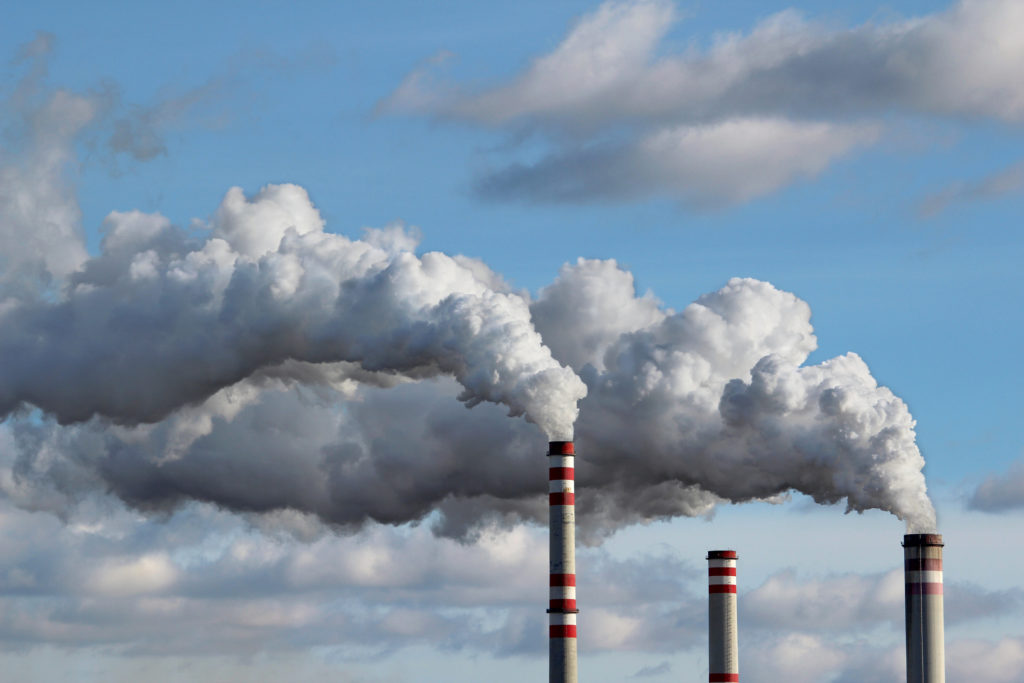AusPol / 11 January 2023
Targets set for the big emitters

THE SQUIZ
The Albanese Government yesterday outlined how emissions from Australia’s industrial sector will be reduced to meet our official targets. Speaking at a Rio Tinto refinery at Gladstone in Queensland, Energy and Climate Minister Chris Bowen said about 215 industrial emitters – aka the big mines, refineries, smelters and heavy manufacturing plants – would have to cut their carbon emissions by 4.9% every year until 2030. At this point, it’s a proposal and a big part of the government’s plan to reduce emissions by 43% below 2005 levels by 2030 – one of Team Albanese’s key election promises. The sector produces 28% of Australia’s carbon emissions, and if the plan goes ahead, Bowen said it will deliver about half of what’s required to hit our 2030 reduction target.
SO HOW WILL IT WORK?
That’s a great question, and we commend you on your bravery in the first week back… As a reward, we’ll make it as simple as we can… What Bowen’s outlined is called the ‘safeguard mechanism’. Essentially, those emitters will be told to reduce their emissions by a set amount annually, with the government penalising those who don’t step up. Emitters who come in under their target will have valuable carbon credits that they can sell to emitters who come in over their target. Bowen says although it’s complicated, it’s “a balanced package which will now be open for consultation with industry, climate groups and the community”. And to help these businesses move to cleaner operations, the government has earmarked $600 million from its $1.9 billion Powering the Regions fund.
WILL IT MAKE A DIFFERENCE?
The Climate Council’s Dr Jennifer Rayner is tentatively pleased – she says big emitters have had “a free ride” for too long. But she and others have warned against a “cheap and easy” carbon credit offset system, saying it sends the wrong signal. However, the business sector has welcomed the detail, saying they’re on board – as long as it’s a plan that will remain in place so they can plan for the future. The safeguard mechanism is part of the response to honouring Australia’s commitment to limit the effects of global warming – and yesterday, there was evidence that global action works. The United Nations says the hole in the ozone layer is healing and may be completely restored within decades, thanks to international efforts. Teamwork really does make the dream work…
Know someone who'd be interested in this story? Click to share...
The Squiz Today
Your shortcut to being informed, we've got your news needs covered.
Also Making News
Get the Squiz Today newsletter
Quick, agenda-free news that doesn't take itself too seriously. Get on it.
